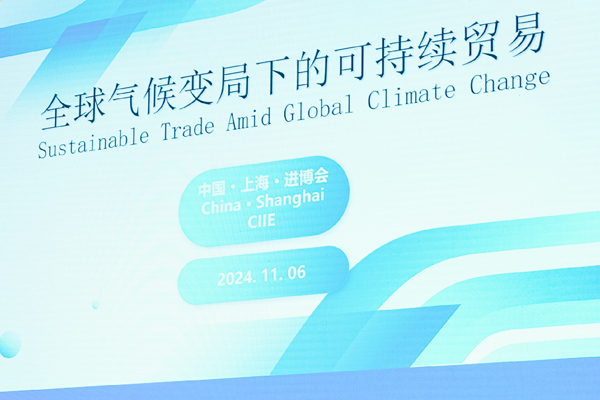【Global Times】US aims to curb deficit with China
June 08 , 2017

Vehicles to be exported to the US at a factory in Daqing, Northeast China’s Heilongjiang Province on April 12 Photo: CFP
The US has noticed China’s recent increase in its foreign exchange reserves and its support for a strong yuan, and instead of labeling China a currency manipulator, the US will work harder to bring down its trade deficit with the world’s second-largest economy, experts said on Thursday.
The comments were made after US Treasury Secretary Steven Mnuchin confirmed that the Bilateral Investment Treaty (BIT) between China and the US is on US President Donald Trump’s agenda, the Wall Street Journal reported on Wednesday.
He noted at an event held at the US-China Business Council in Washington on Tuesday (US time) that the Trump administration aims to prioritize specific trade issues, according to the report.
The US is focusing now on reducing its trade deficit with China rather than concerning itself with China’s intervention in the foreign exchange market, as Trump’s “America First” approach aims to enhance the competitiveness of US products, Bai Ming, a research fellow at the Chinese Academy of International Trade and Economic Cooperation, told the Global Times on Thursday.
“Addressing the tremendous trade deficit with China and creating more opportunities for US companies are the key tasks now,” he said.
Bilateral trade between China and the US grew 21.1 percent year-on-year in May to 333.13 billion yuan ($49 billion), according to data released by the General Administration of Customs of China on Thursday.
Within that amount, China’s exports to the US surged 18.3 percent year-on-year to 242.26 billion yuan, while imports from the US increased 28.5 percent year-on-year to 90.87 billion yuan, the data showed.
China still has the largest trading surplus of all the US’ trading partners, according to the US Treasury report published in April. The US had a total trade deficit with China of $347 billion in 2016, the data showed.
Upcoming dialogue
Trade-related issues including the BIT will be highlighted at the upcoming comprehensive economic dialogue this summer, as protectionism has been rising in the US, Han Bing, an expert at the Institute of World Economics and Politics at the Chinese Academy of Social Sciences, told the Global Times on Thursday.
In May, China and the US announced the initial results of the 100-day plan for trade talks, covering agriculture, financial services, investment and energy. Most of the agreements are expected to be implemented by July 16.
“One of the highlights in the annual work report published by the office of the US Trade Representative (USTR) this year is to facilitate market access for American products in developing countries,” Han said, noting that the BIT negotiations will focus on lowering investment barriers under the current negative list structure.
The Trump administration is expected to take a more aggressive approach to ensure that more markets are truly open to US products and services.
The US-China BIT, which had gone through 24 rounds of negotiations as of June 2016, is designed to address some of the major trade obstacles, according to a study published by the US-China Economic and Security Review Commission in August 2016. The potential benefits of a US-China BIT include increased bilateral investment, a leveled playing field, increased market access and further liberalized trade and investment, the study noted.
Although the US will no longer accuse China of being a currency manipulator, given its stable foreign exchange moves, obstacles still remain, Bai noted. “The US has not given up on tying to impose high tariffs on some Chinese products,” he said.
On February 2, the US Department of Commerce announced it would impose anti-dumping duties from 63.86 percent to 76.64 percent and anti-subsidy duties from 75.6 percent to 190.71 percent on Chinese stainless steel sheet and strip imports.
“These trade frictions are unlikely to disappear soon. But if there is no compromise on trade disputes, there will be little progress on the investment treaty,” Bai added.
The core of the upcoming dialogue between the two countries is trade and foreign exchange rates, and China aims to expand agriculture, high-tech and services imports from the US by maintaining stable exchange rates, Huang Jianhui, senior non-resident fellow at the Center for China and Globalization(CCG), a Beijing-based independent think tank, told the Global Times on Thursday.
“The US will use tariffs as a bargaining chip to reduce its trade deficit,” Huang said, noting that the US will also urge China to be more open to services trade and will try to push agriculture and liquid natural gas exports to China. (By Chen Qingqing)






